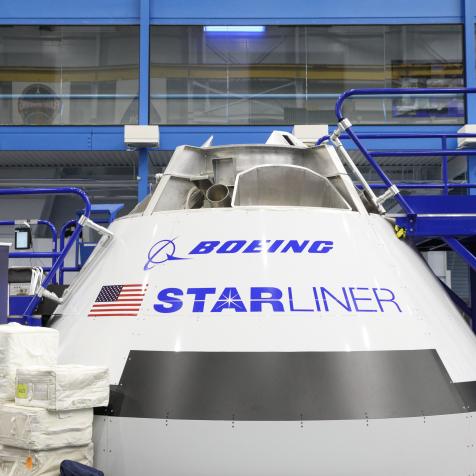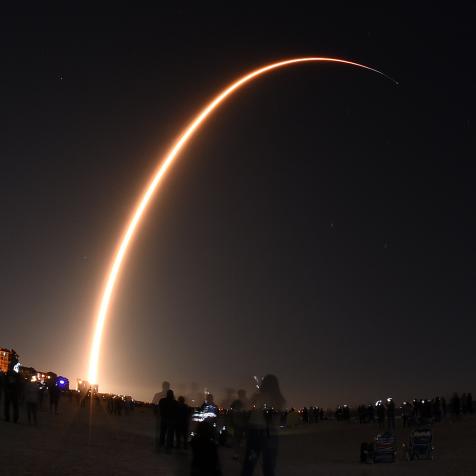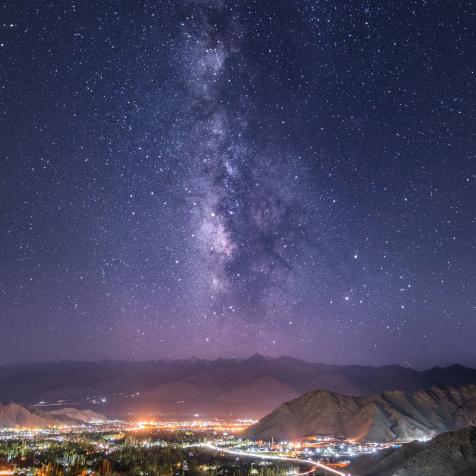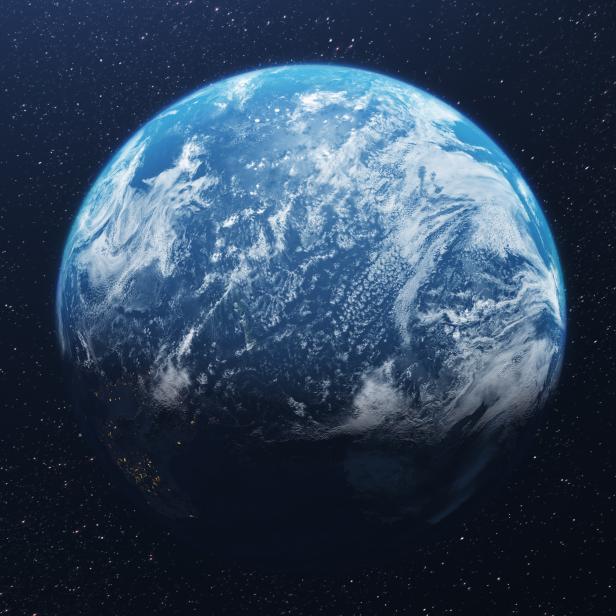
Bernt Ove Moss / EyeEm
Farewell, Earth’s Mini-moon

It's time to say goodbye to the mini-moon that's no bigger than your car.
Right now the Earth has a second, miniature moon. In a few months, it won’t. Oh well, it was nice while it lasted.
Its official name is 2020 CD3, but everyone is calling it the “mini-moon”, so that’s what we’ll go with. Its “mini” designation is rightly deserved. We can’t measure its size directly, because its too far away, but we can measure its brightness. Based on that, if we assume that it has the typical color of a random piece of space rock (if you’re curious, a dark, drab grey), then we can calculate an estimated size of no more than a dozen feet across.
In other words, no bigger than your car.
And yet, the mini-moon is in orbit around the Earth, which is what it takes to transform an object from “random space junk” to “moon”.
But it won’t be here for long.
The mini-moon was discovered in February of 2020 (hence the “2020” in its official designation), and based on its current orbit astronomers suspect it has been hanging out near the Earth, shyly trying to be friends, for the past few years. And by April of 2020, it will simply wander away.
The reason for this temporary friendship is that the mini-moon isn’t really in orbit around the Earth; it’s really in orbit around the sun, and happens by sheer coincidence to share the same orbit as our planet.
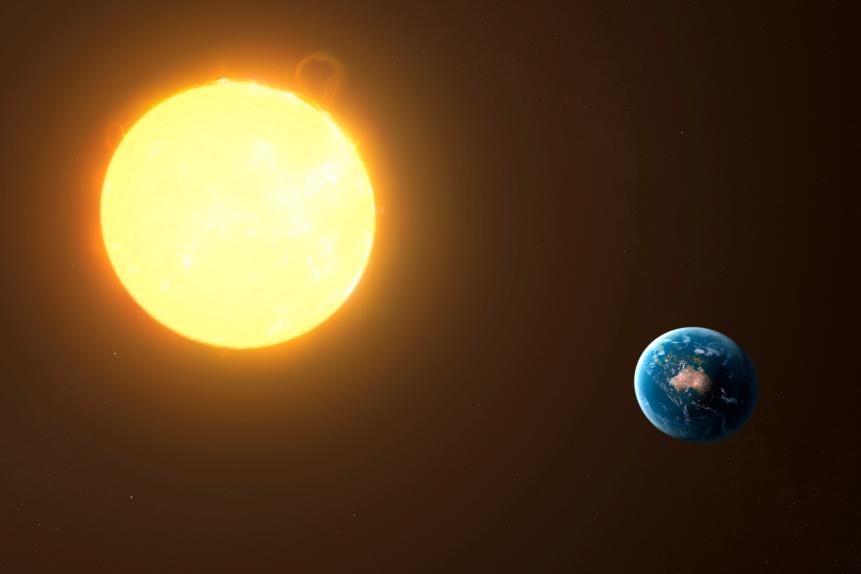
SCIEPRO
So for ages upon ages, the mini-moon isn’t a moon at all, just a wandering piece of asteroidal debris leftover from the formation of the solar system. Then every once in a rare while, the rock comes close to the Earth with a slow enough speed that it can be captured by us, spending a few years making lazy circles around us, before chaotic motions send it wandering away to spend another few ages in isolation again.
Despite the brief celestial dance, we can learn a lot from objects like 2020 CD3. For one, we’re generally worried about rocks from space crashing into the Earth and causing general mayhem - and these rocks that share our orbit and occasionally come close are the hardest to spot, as evidenced by the fact that we had a mini-moon for years without anybody noticing, not even professional astronomers.
Secondly, we’re also interested in setting up some homes outside the Earth (partly for the reason outlined above). Lots of folks are debating the relative merits of a (regular) Moon base vs a colony on Mars, but what about rocks?
Asteroids offer a few advantages: they can be spun up to provide artificial gravity, they can be hollowed out for resources, and...they’re close.
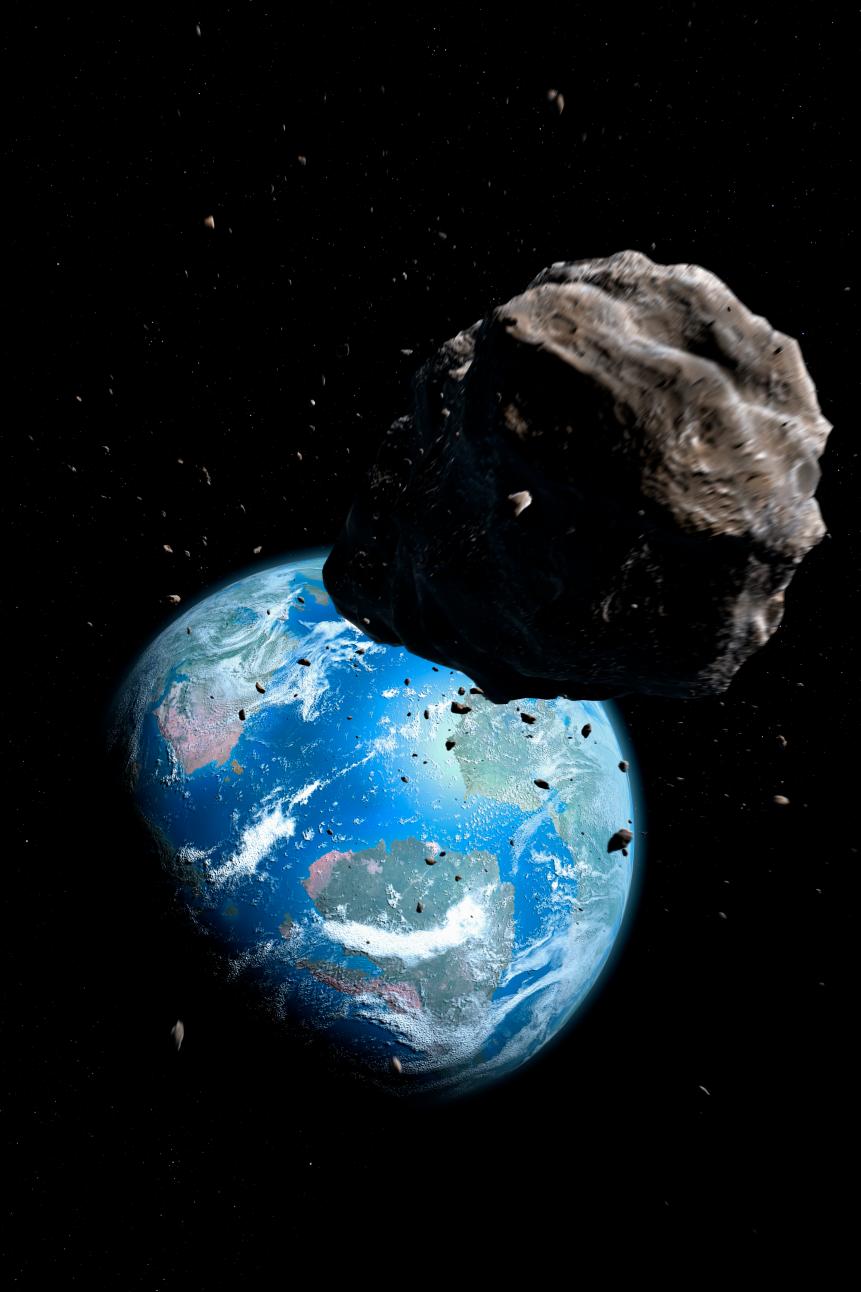
MARK GARLICK/SCIENCE PHOTO LIBRARY
The mini-moon spent years not much further away than the Moon, making it much more accessible than Mars. And while this particular mini-moon wouldn’t make much of a colony (because, remember, it’s no bigger than your car), its other friends in Earth-like orbits could be much more attractive.
So thanks, mini-moon, catch you in a few orbits.












